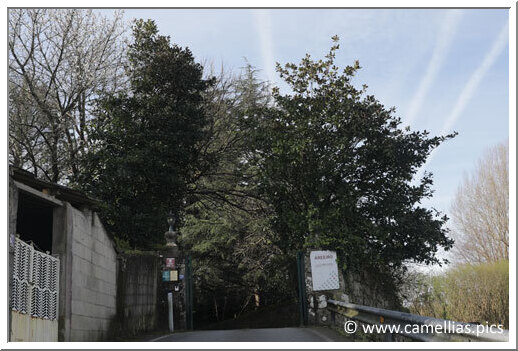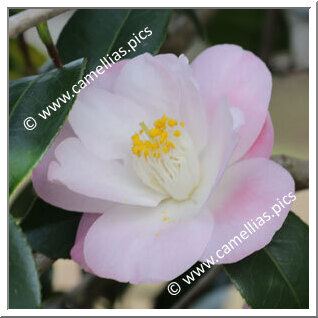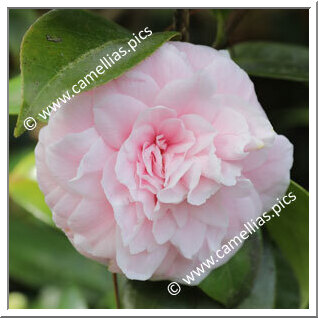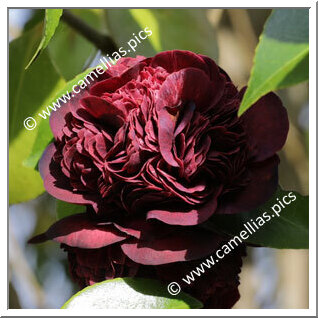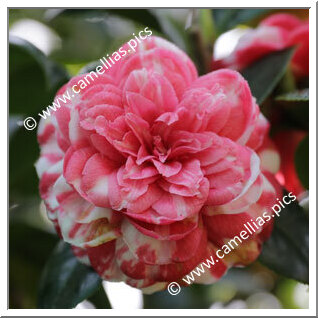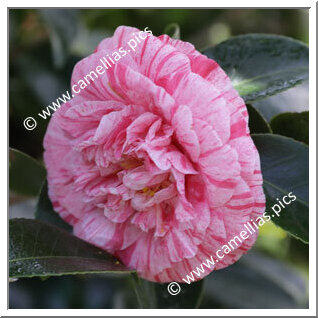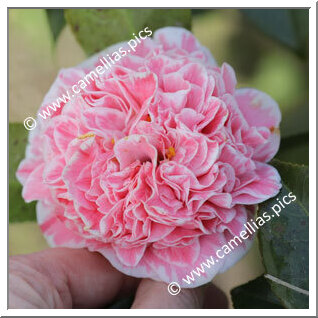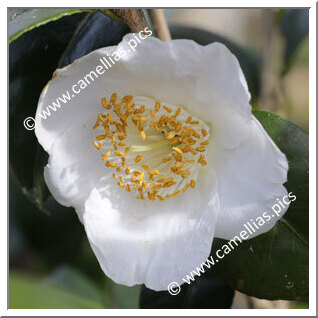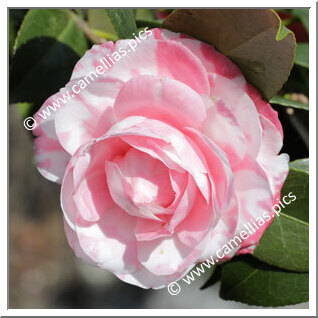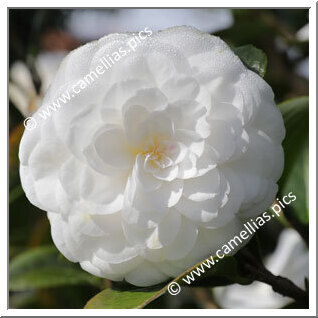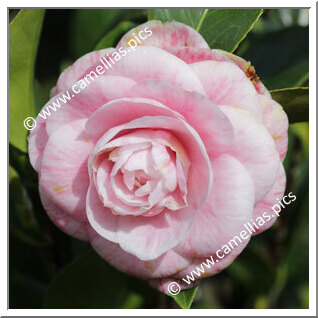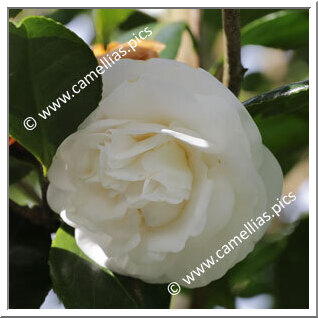Finca Areeiro was originally a large property dating from before the 1880s. It was acquired in 1963 by the Deputación de Pontevedra. Over a surface area of six hectares, there are experimental crops and gardening areas. Multiplication and cultivation are also carried out, as are selection tests (for tea, for example).
The Finca boasts a large collection of camellias - 1300 plants and 80 species - divided into sectors, one of which is reserved for japonica de Higo. The camellias are cultivated and multiplied to preserve the collection and supply local gardens. Some of the camellias grown at the Finca are in Soutomaior, for example. Some botanical camellias are also grown here for their oil.
The Finca can be visited, by appointment only, on certain days of the week. All you have to do is fill in a request form on the website, which is quickly confirmed. You are accompanied by a guide. In our case, the visit was essentially based on the camellia collection, but there's plenty to see. The camellia season runs from October to April, and it's also a starting point or stopover on the Route of the Camellias, which the Finca joined in May 2024. It is also a Garden of Excellence ICS.
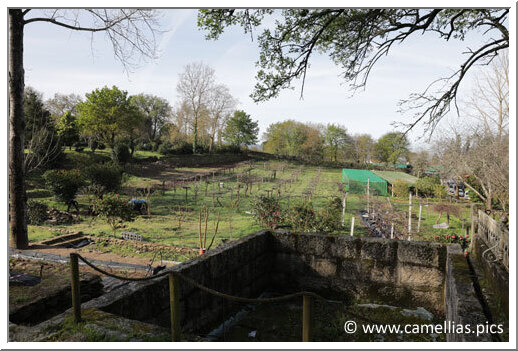
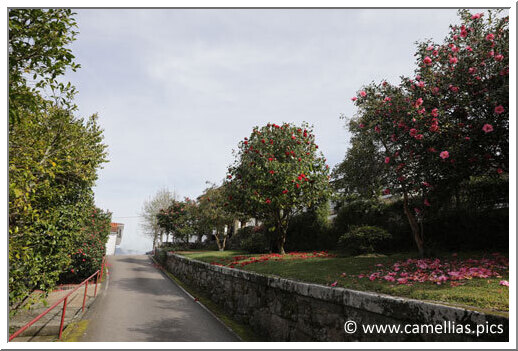
With our guide, we begin the tour. Below, the part of the garden near the property that was present at the time of its acquisition by the Deputación.
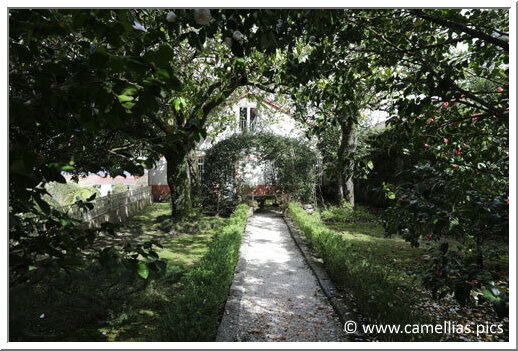
Below, a plantation of different varieties of C. sinensis, in order to select the most suitable for the local climate. It took 20 years of work and selection to find the varieties best suited to local tea production.

We continue our visit to the different camellia sectors. The collection is very rich, with camellias from all over the world.
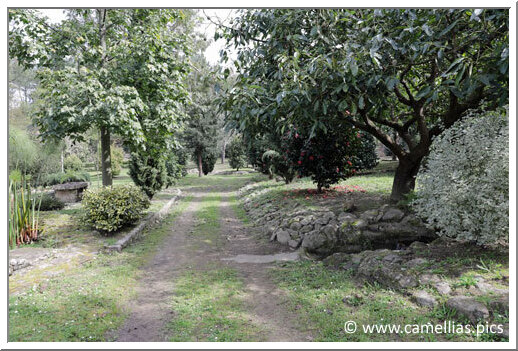
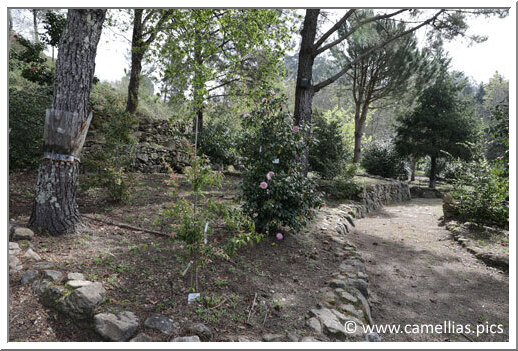
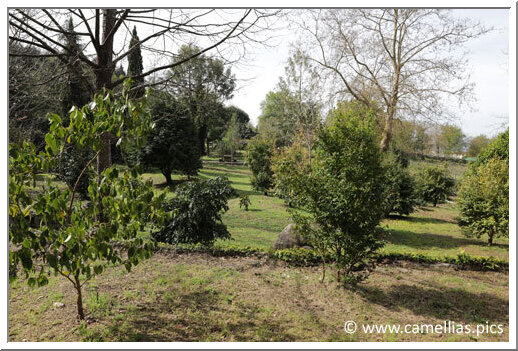
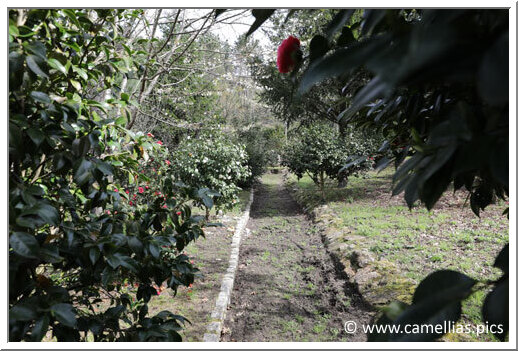
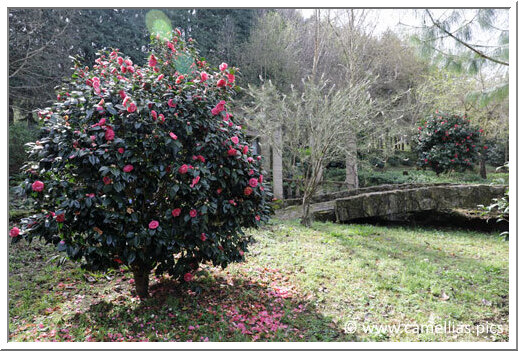
Let's discover the Spanish cultivars in the collection. 'Sangre de Pichón' is quite remarkable in this respect. Its color is very distinctive, a very dark red. It's linked to Galicia's climate and substrate. These camellias can also be found in other Galician gardens.
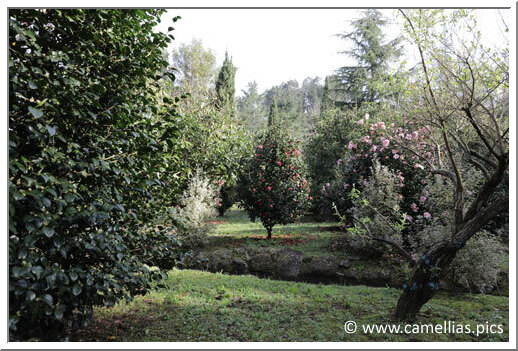

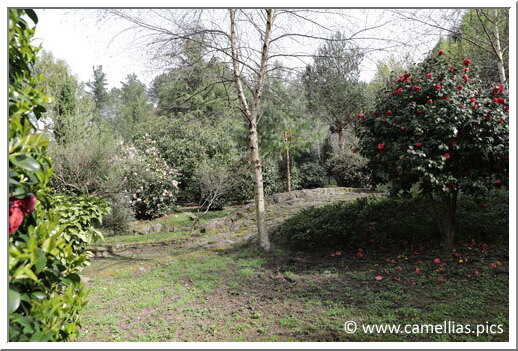
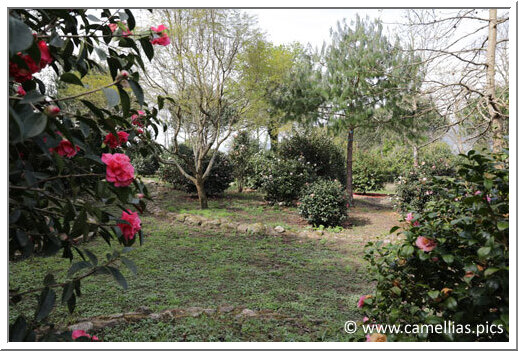
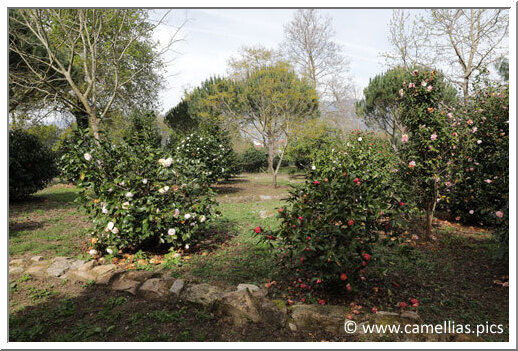
The camellia collection is divided into sectors, and we arrive at a sector dedicated to Higo japonicas, created thanks to the donation of the collection of Dr Ghirardi, a renowned Higo collector. We visited his garden in Italy. The donation enables the multiplication of these very special cultivars.
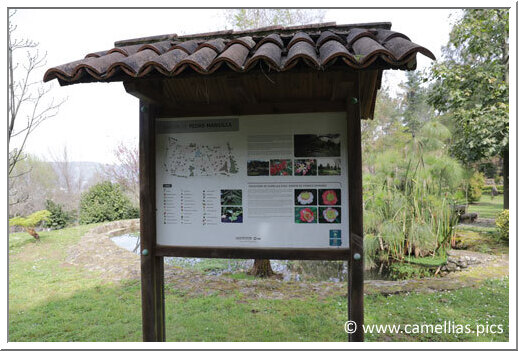
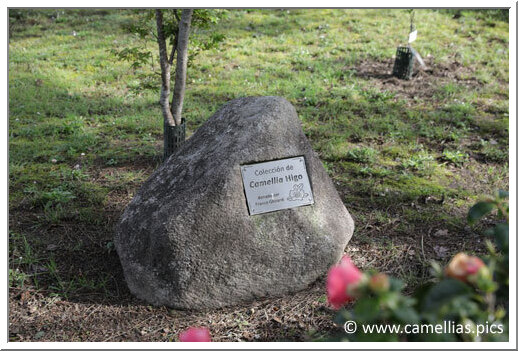

Camellias are very much at home. They are pruned only when necessary. This makes them very easy to observe and photograph.
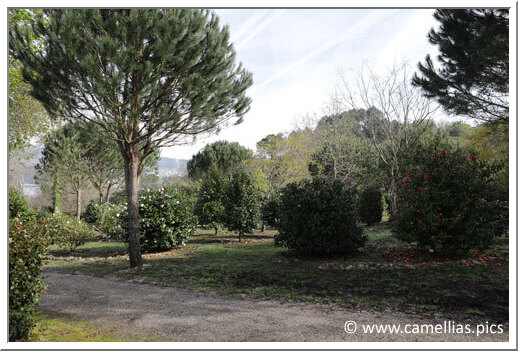
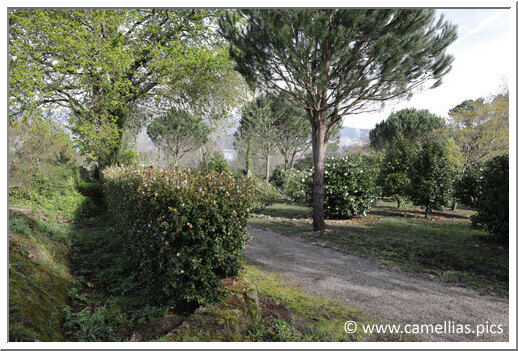
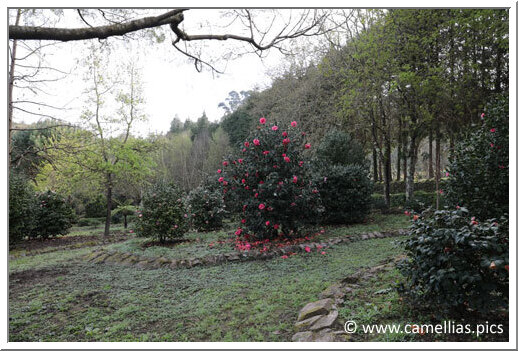
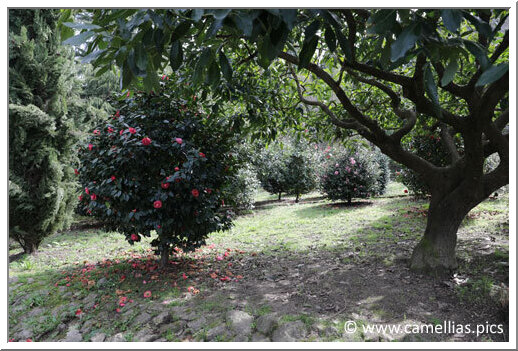

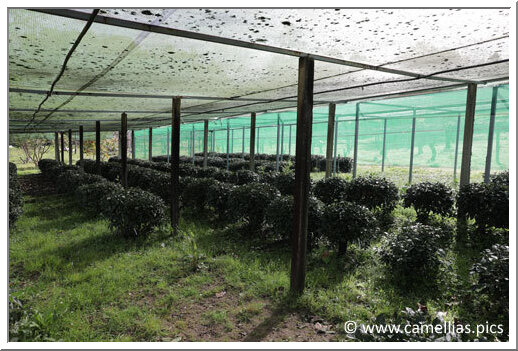
Above, plants of C. sinenis, the tea that, after selection, only a few varieties remain.
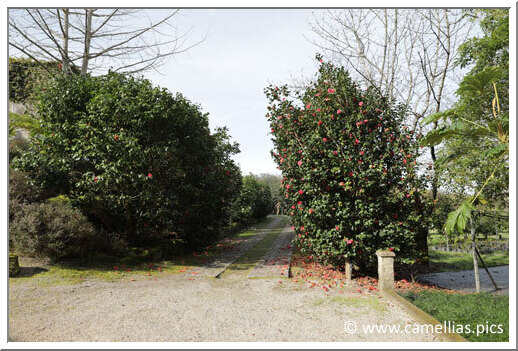
The following three camellias are of Portuguese origin. We're very close to Portugal and its camellias.
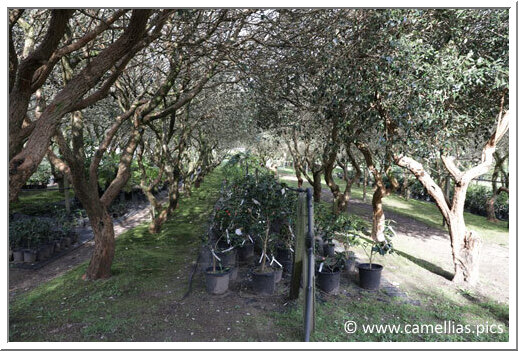
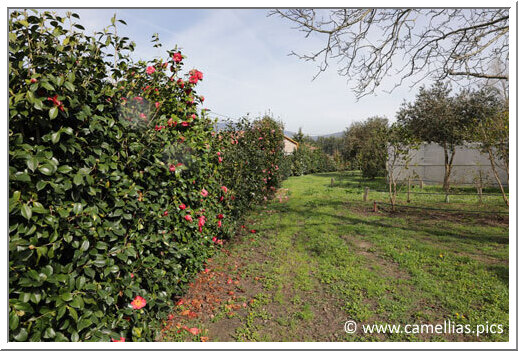
Our tour comes to an end. We thank our guide and Pilar Vela Fernández for their warm welcome.

